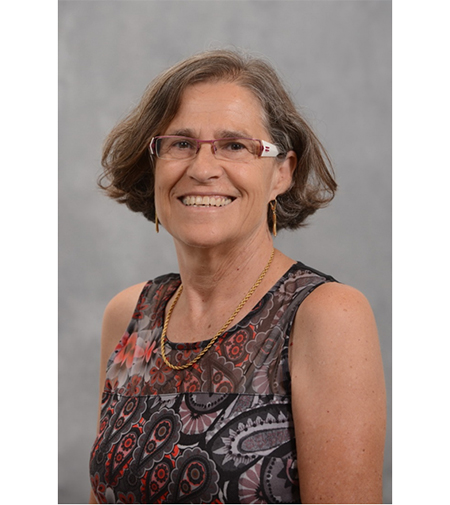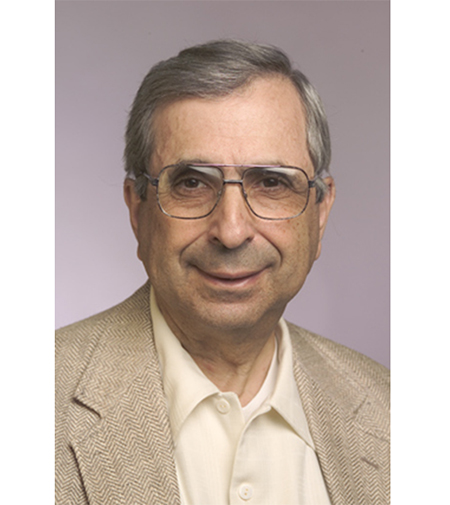IES Gold Medal

Dr. Daniella Goldfarb, Deparment of Chemical Physics, Weizmann Institute of Science
The IES Gold Medal Award for 2017 is awarded to Prof. Daniella Goldfarb for her contributions to development of high-field pulsed EPR techniques and their applications to materials and biological research. Daniella Goldfarb received her PhD in 1984 from The Weizmann Institute of Science under the Supervision of Prof. Z. Luz. Her EPR career began with a postdoctoral fellowship in laboratory of Prof. L. Kevan in the University of Houston, Texas. In 1987, Daniella began her independent scientific career at the Weizmann Institute, where she was quickly promoted through the ranks to become a full professor in 1998. Daniella’s research resulted in important understandings and advances in high-field pulsed EPR and ENDOR that included high-sensitivity and in-cell nanometer distance measurements. The developed methodology was successfully applied to unravel structure and mechanisms of various biomolecular systems and to obtain crucial insight into formation mechanism of porous materials. Daniella is the author of more than 200 scientific publications.
Title of the presentation: Combining high field EPR with metal ions spin labeling - a gold mine?
IES Silver Medal for Instrumentation

Dr. Gunnar Jeschke, Department of Chemistry and Applied Biosciences, ETH Zürich
The IES Silver Medal for Instrumentation for 2017 is awarded to Prof. Prof. Gunnar Jeschke for his great achievements in the development of new strategy of EPR using chirp pulses. In particular: EPR-correlated dipolar spectroscopy by Q-band chirp SIFTER, CIDME: Short distances measured with long chirp pulses, chirp FT-EPR correlated three-pulse ESEEM spectra, Laser-Induced Magnetic Dipole Spectroscopy, Ultra-wide band EPR, orthogonal Labeling EPR and many other new ideas proposed in methodology of EPR, DNP and CIDNP. Gunnar Jeschke has been a full Professor in Electron Paramagnetic Resonance at ETH Zurich since April 2008. He has more than 150 papers since 2003 and very high level of citation.
Title of the presentation: A dual-band ultrawideband EPR spectrometer and its application
IES Fellows

Dr. Jack H. Freed, Department of Chemistry, Cornell Unversity
Jack H. Freed, Professor Emeritus of Chemistry at Cornell University, was born in New York City. He received the BE degree from Yale University in 1958, graduating first in his class with highest honors. He received his M.S. in 1959 and Ph.D. in 1962 from Columbia University, studying under Professor G.K. Fraenkel. After one one-year as a Postdoctoral Fellow at Cambridge University, he accepted a faculty appointment at Cornell University, where he has spent his subsequent career, achieving full professor status in 1973 and being appointed Frank and Robert Laughlin Professor of Physical Chemistry in 2007. He has been director of the National Biomedical Center for Advanced ESR Technology (ACERT) since 2001. A world-renowned expert in the field of magnetic resonance, especially electron-spin resonance (ESR), he is the author or co-author of over 400 publications. He has served on the editorial boards of a number of major journals and as president of the IES; has been a visiting scientist or professor at multiple universities and institutions including Tokyo, the Weizmann Institute of Science, Aarhus, Geneva, Delft, L’École Normale Supérieure, Padua, Yamagata, and Oxford; is a Fellow of the Royal Society of Chemistry, the American Association for the Advancement of Science, and the American Academy of Arts & Sciences; and has won numerous awards and prizes including the Bruker Award, the Zavoisky Award, the ISMAR Prize, the Irving Langmuir Prize, the Buck Whitney Award, the Joel Hildebrand and the E. Bright Wilson Awards, and the Gold Medal of the IES.
Title of the presentation: Four reasons why I should not have been made a fellow of the IES at this time

Dr. Betty J. Gaffney, Department of Biological Sciences, Florida State University
Professor Betty J. Gaffney is Professor Emeritus at Florida State University since 2016. She has started her career at Johns Hopkins University in 1974 and moved to Florida State University in 1996. Dr. Gaffney has studied lipid properties and protein function by electron paramagnetic resonance (EPR) and other biophysical methods. The EPR studies involve simulations of line shapes and quantitative assignment of multiple components in spin labeled or metalloprotein biomaterials. Iron proteins included in studies by Dr. Gaffney are phenylalanine hydroxylase, transferrin, and lipoxygenases. All are of biomedical interest and studies have been supported by NIH(US). EPR at 94 GHz has been particularly informative in assigning spectra of lipoxygenase containing manganese, and of diferric transferrin.
